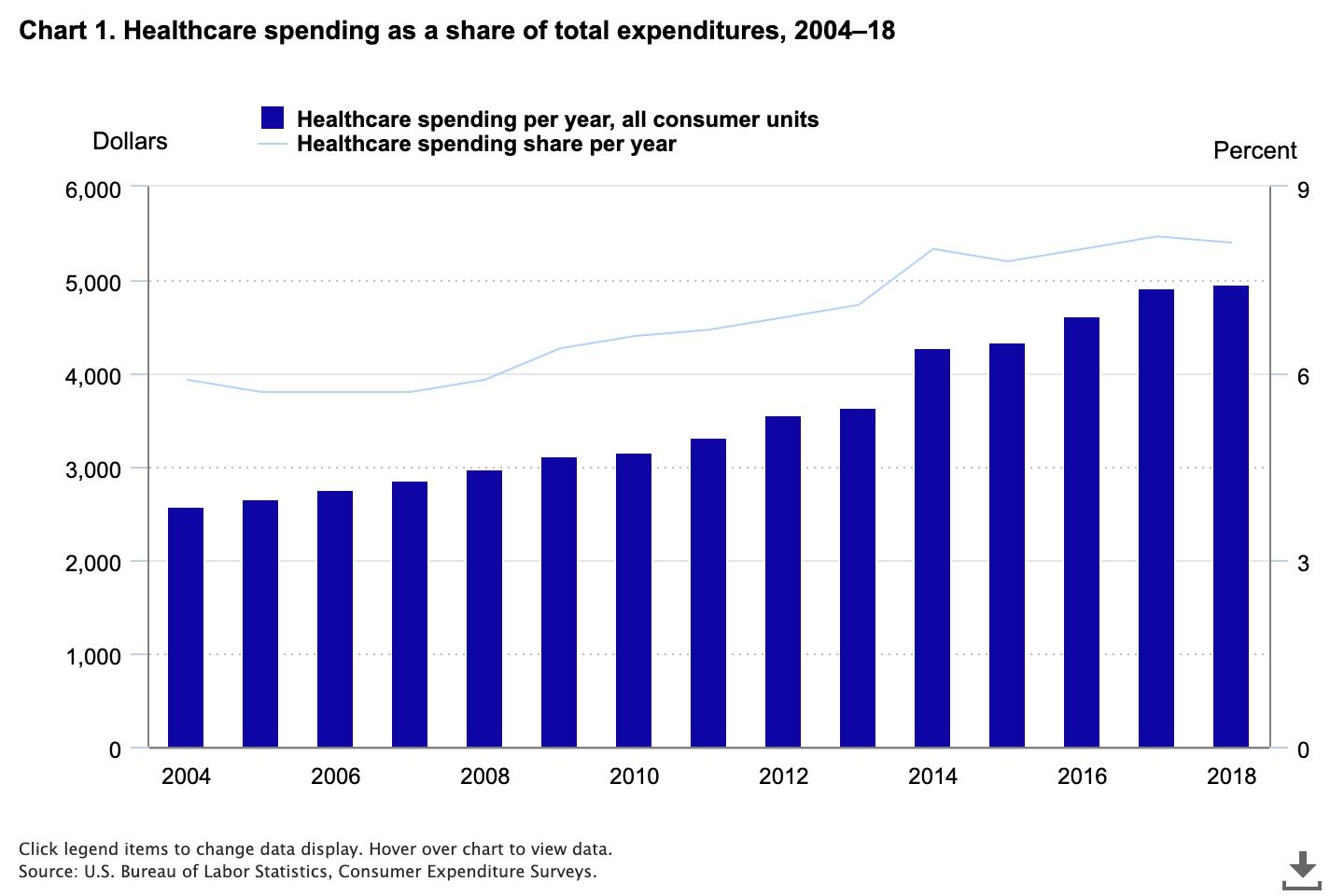Leadership
Top 10 Trends Influencing A Homebuilding Pivot By 2030
Here's our No. 8 force-factor in a series of non-optional drivers of transformation among homebuilders and their partners. Guess what's in charge of how this is going to work?

- Wellness is one of capital investment, technology, and industry's future-of-everything darlings.
- Well-being – the competent foe of stress and anxiety – roots itself in human nature's deep fertile soil of resiliency and resolve in the face of a pandemic that continues to make all the rules.
- Health, whose clearest proxy is each of our individual homes, is a kitchen table matter, and to most of us it boils down to what we pay for doctors, hospitals, and meds bills.
Each is different and distinct. However, they all share essential genetic make-up, and, taken together, they delimit a Russian nesting doll array of values that people attach – consciously, involuntarily, and inseparably – with home.
- Safety
- Comfort
- Privacy
- Security
- Wellness
Transformation Trend No. 8 – Homes as a self-serve health solution
Assertion: A new home or apartment today amounts to a homebuyer or renter's primal motivation to self-determine his or her life-long health outcomes – from day-to-day self-care, sanctuary, and peace-of-mind to year-in-year-out and lifestage values around comfort, privacy, security, safety, and wellness.
What designers, engineers, and building technology partners need to know
Type "who owns insight into the consumer decision?" into a Google search, and your search will turn up 347 million references. What people will expect from homebuilders and their partners as regards the design, structures, systems, livability, features, and functionality of homes they thrive in as they "live with the pandemic" and other natural and human-incited challenges and crisis remains an elusive goal.
Where the moving-target table stakes are in terms of wellness, well-being, and health are today, and where they're headed centers more on paying the bills – doctors, hospitals, medications – than it does on any less practical appreciation for the benefits of a healthful environment.
Since the novel coronavirus is the one still writing and re-writing the rulebook as to how people need to live and work to remain healthy, design, engineering, and construction will keep needing to evolve and improve to try to keep pace. We know air flow, air quality, and room air comfort figure critically, as this piece, spotlighting 15 key trend take-aways from a recent Global Wellness Summit in Boston, notes:
It’s impossible to overstate how much COVID-19 has raised the stakes on healthy buildings and indoor air quality. The quality of the air we breathe will take on huge future significance. The science around air quality measurement and purification is evolving fast and exposing snake oil solutions.
Why the triangulation of wellness, well-being, and health matters
Other than real estate value and location, no functionality in housing means more.
Let me tell you a brief story and then we'll get around to resolving the wellness, well-being, and health axis and what builders of homes and community places need to know if they intend to thrive in a near- and long-term future defined and constantly, irrevocably defined by what happens in this triangulation.
During a 44-year reign over the United Kingdom between 1558 and 1603, Queen Elizabeth I was quoted as saying, “I bathe once a month, whether I need it or not.”
Thank you for that, Your Royal Highness. Baths then were a riskier and, it seems, more disreputable proposition in 16th Century England and elsewhere, than they are today. At one point, trends-meisters could have rightly noted,
bathing and personal hygiene are the new perfumes and talcum powder."
Now, we’ve learned evidentially that the No. 1 most important determining factor in a person’s health as an individual is his or her home. Research bears out just how much we value home functionality and systems in our health, wellness, and well-being.
I know the terms wellness and well-being tend to be used interchangeably. I’ll admit it, though, I'm a stickler. My father, who passed five years ago this time of year, was a doctor. As a surgeon – and in an extensive post-clinical career to rival the Queens Elizabeth in longevity – his entire life’s work devoted itself to the wellness of others.
My mom, on the other hand, was a nurse and — for seven kids — a teacher, and the very first editor I found myself working for. Her focus, with passion equal to my dad’s was on well-being, and precision. How to hold a fork and knife. How to fix a broken window. How to speak grammatically, and say "yes" instead of "yeah."
I’m curious,” she would say if she heard the words wellness or well-being used mistakenly as synonyms in a sentence. “I wonder if you can find out the difference, so that I will know next time.”
So, since my mom was my life's first editor, I'd look them up. Wellness is a status, of being healthy. Well-being is a state of mind, of feeling peace of mind, wholeness, prosperity, and soundness. One speaks of a physical condition, the other is a mental, emotional, spiritual experience. Each, though, ties directly to health. Body and mind connect.
I owe my parents a debt of gratitude today for why I'm here, what my own passions are, and how they tie to health, wellness, well-being, homes, and learning.
And we may each owe thanks to our parents, to their parents, and the millennia of ancestors who first — maybe a half a million years ago — began to solve this issue. They started creating structures, with primitive technologies, for safety, health, and better odds of prospering.
In a time the COVID-19 pandemic has seized control of making the rules and setting the terms, people want nothing so much as a sense of agency, a feeling they're in control and that their choices and selections on safety, privacy, comfort, wellness, and security matter. Homes. Safe homes. Sustainable homes. Smart homes. Healthy homes. And all of the above.
In 2018 and 2019 – well before the pandemic started making all the rules – we felt the pull of consumers toward new homes and communities that would intentionally engineer and expand a resident's capability to impact his, her, their health and well-being. We wrote:
- This KB Home ProjeKt investment in beginning to discover what home buyers want regarding how their homes actively engage in their health, is at the same time an investment in understanding what all of us need on that scale. Homes – all homes – will need to be a bigger, more active, more engaged part of people's way of self-serving their health and well-being. This project draws a line in the sand on that, and there's no going back. What starts out as an opportunity-area to move into fast quickly becomes a risk-area for being slow to the draw. That process has now begun.
- Secondly, this fundamentally, and profoundly changes what we mean by building science. Building science, to date, has largely focused on issues of structural and systematic durability, function, aesthetic features, and resilience, given sudden or long-term changes in backdrop. Now, building science has an added, non-negotiable job: to marry environmental data and sensitivities to the bio data and human sensitivities of those living in the home. This means, to a large extent, builders and their partners are entering into a new service-centric era of their business model development.
- Thirdly, to bend the cost curve that will migrate this new ability – to make homes play a more active role in their residents' health and well-being scenarios--new operational and construction models and processes go without saying. Unless there's a profound and fundamental pivot toward prefabricated, fully-integrated offsite engineering, procurement, architecture, personalization, and production, home builders will find themselves out of the game of making healthy homes attainable to their spectrum of buyers at many price points.
- Fourth, and finally, an ecosystem – the members, scope, and extent of which we're only beginning to grasp – is the only way transformations so profound, i.e. the change from homes as a "safe haven" to prosper, to homes as an actively engaged, seamless partner in our health, can happen. Traditional building know-how, basic architecture, classic engineering now weave inescapably with microprocessor and sensor development, software programming, medical and biological knowledge, information modeling, and, in everything, user experience design and engineering. Structure and systems – separate though they may be, are becoming increasingly entangled, just like hardware and software in the rest of the world. Further, innovation can not ultimately live, survive, or exert its impact if it occurs in isolation. The ecosystem – and having agency and efficacy in it -- is essential for home builders to stay in the game.
Now that Covid, its latest rampaging variant omicron, and the likelihood that this pandemic is just another in an ongoing series of global, national, local, and domestic health stresses and shocks, let's circle back to our lead.
At the end of 2020, enterprise health and wellness saw the largest increase in raised capital of the last five years. The sector raised a total of $8.3 billion in VC funding—up nearly 70% year-over-year despite a relatively flat deal count. Showing no signs of slowing down, the size of the enterprise healthtech industry is projected to reach $1.3 trillion by 2025.
The idea of embedding health-boosting tech into consumers environments to improve their well-being isn't new. Anyone who has ever visited a spa knows that the right combination of light, sound, and fragrance has a big impact on mood and relaxation."

In 2018, U.S. households allocated an average of 8.1 percent of spending to healthcare—a noticeable proportion of their total spending. The share spent on healthcare has increased over time, rising from 5.9 percent in 2004. Dollars spent on healthcare have also increased from $2,574 in 2004 to $4,968 in 2018 (93 percent), or about 4.7 percent annually on average during this period. [1 ] From 2017 to 2018, dollars spent on healthcare grew 0.8 percent, and 6.9 percent from 2016 to 2017."
As a "machine for living in" – Le Corbusier's term for a house – the primary and primal function the structure and systems serve is timeless: safety, comfort, privacy, security, and wellness. By the 2030s, the social, cultural, health, and policy rulemaker of our time – the pandemic – will reframe the requirements that machine must meet.
Join the conversation
MORE IN Leadership
Westwood-Hippo Deal Raises Stakes On Home Insurance Trust
A landmark deal expands embedded insurance capabilities, aiming to ease closings, manage climate risk, and restore buyer trust.
From Afterthought to Dealbreaker: Why Home Insurance is Now Key to Sales
By working with the right insurance expert, builders gain short- and long-term advantages in keeping current deals on track and making sure their business thrives into the future.
How Outlier Homebuilders Build An Edge, Even In a Slow Market
Focus On Excellence 2025 reveals what top homebuilding leaders are doing now to separate—and stay ahead—for 2026-through-2030 and beyond.
